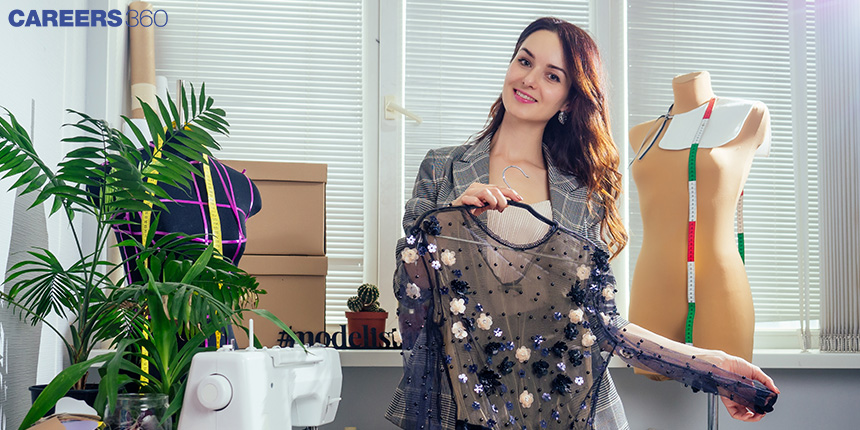Fashion Designing: A Career Where Technology Cannot Override Human Creativity
In a world where we experience astonishing technological advancements, the idea of automation of various industries has become quite obvious. From self-driving cars to automated manufacturing processes, automation has the potential to revolutionise the way we live and work. However, there are some domains where the human touch remains irreplaceable, and one such field is fashion designing.

In a series of articles Careers360 has discussed how and why certain professions are immune to automation, fashion designing due to its inherent challenges is one such profession. In this article, we will explore the reasons why fashion designing has resisted the takeover of technology and continues to be the domain of designers and artisans who make this profession lively, vibrant and glamorous.
Creativity and Innovation
Creativity and innovation lies at the heart of fashion designing. Fashion designers are not just manufacturers; they are artists who craft unique and extravagant designs of clothing. They draw inspiration from various sources, and infuse their creativity into every pattern, colour and texture. These human insights and artistic talents are incredibly challenging to replicate with algorithms or machines.
Cultural Sensitivity
Fashion designers often draw inspiration from different cultures and traditions, creating pieces that are respectful and meaningful. This requires an understanding of cultural nuances, history, and context. An automated system lacks the ability to draw inspiration or understand the diversity of cultures worldwide. Attempting to automate this aspect may lead to insensitivity and misappropriation. Thus, human sensibilities remain irreplaceable in this respect.
Also Read | 10 Vocational Courses That Students Can Pursue Along With Their Studies
Emotional Connection
Fashion is deeply personal. It is a form of self-expression and identity. People often form emotional connections with their clothing, associating them with memories, aspirations, and self-confidence. Fashion designers tap into these emotional aspects to create garments that resonate with consumers. An automated system lacks the capability to understand and create these emotional connections, making it impossible to replace human designers.
Constantly Changing Trends
Fashion trends are constantly evolving. Keeping up with the latest fashion trends requires a keen eye for style, an understanding of consumer preferences, and the ability to adapt quickly. Fashion designers possess this skill, allowing them to stay ahead in the ever-changing industry. Automation would struggle to match the speed and accuracy needed to predict and adapt to emerging trends.
Quality Control
This profession is creative, but it does have other technical aspects of garment construction. Ensuring the quality of materials, craftsmanship, and fit is a meticulous process that requires human judgement and experience. Automated systems may not possess the same level of attention to detail and quality control, potentially leading to subpar products.
Sustainable and Ethical Practices
The fashion industry is increasingly focusing on sustainability and ethical practices. Designers play a crucial role in making sustainable choices, such as selecting eco-friendly materials and supporting ethical labour practices. These decisions are often guided by personal values and principles, making it difficult to be computerised or automated without compromising on ethical standards.
While technological progress has transformed numerous industries, the domain of fashion designing remains rooted in human creativity, emotion, and culture. The artistry, innovation, and emotional connection that designers bring to their work are inherently human qualities that cannot be replicated by AI. While technology can certainly aid and complement the creative process in fashion, the irreplaceable human touch ensures that fashion designing will continue to be a uniquely human endeavour for years to come.
Also Read | 5 Engineering Jobs That Will Never Be Automated
